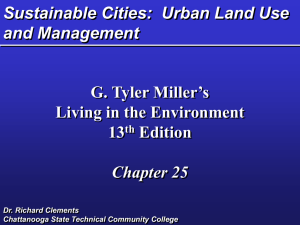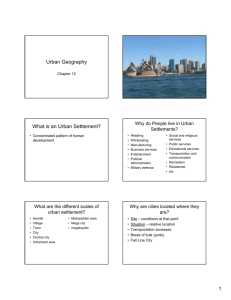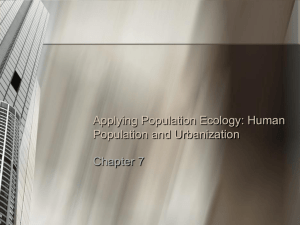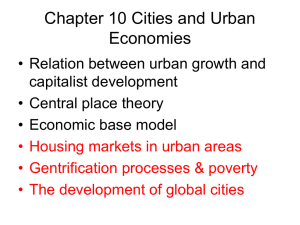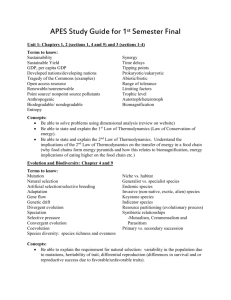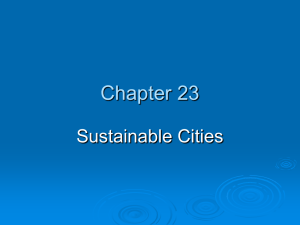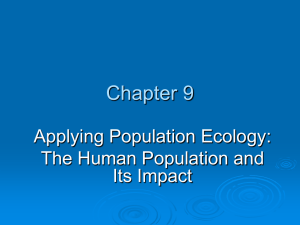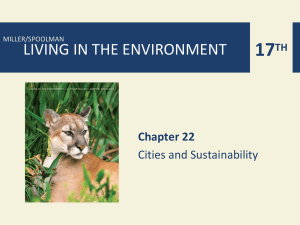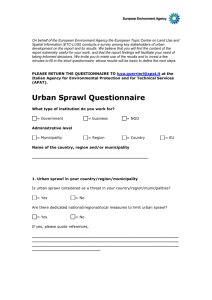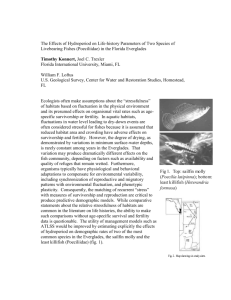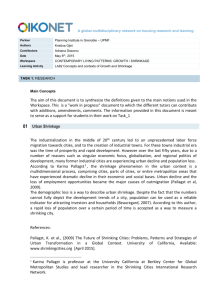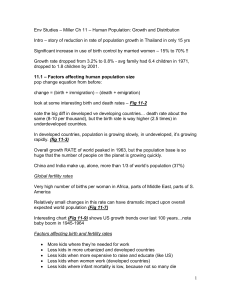APES notes - human population growth
advertisement
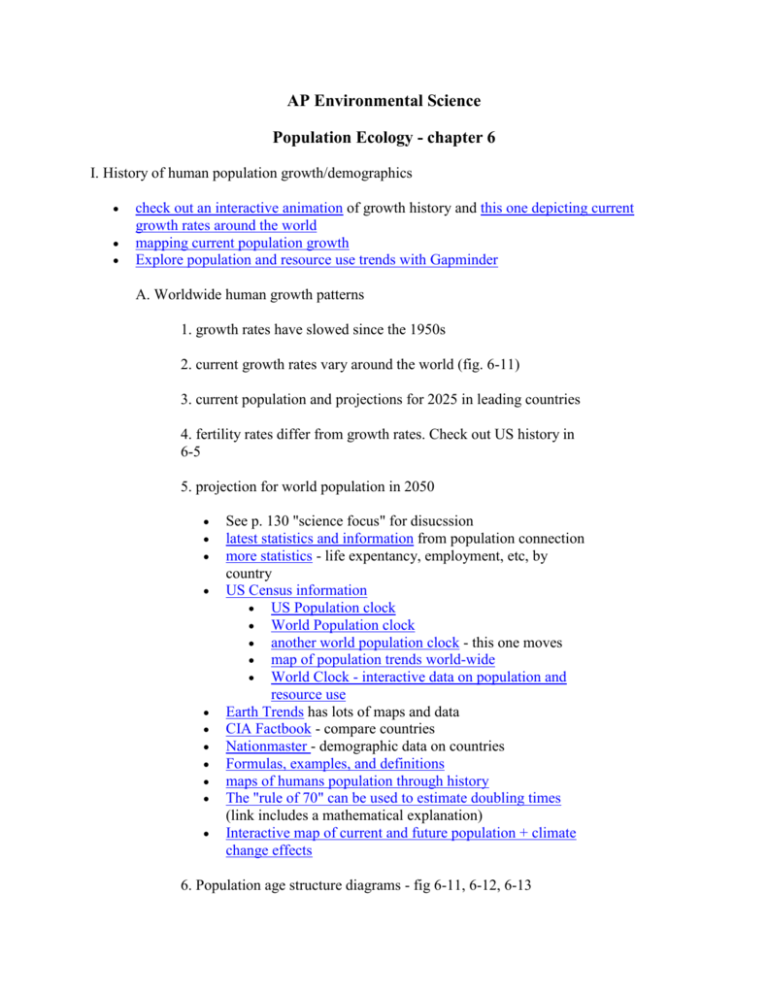
AP Environmental Science Population Ecology - chapter 6 I. History of human population growth/demographics check out an interactive animation of growth history and this one depicting current growth rates around the world mapping current population growth Explore population and resource use trends with Gapminder A. Worldwide human growth patterns 1. growth rates have slowed since the 1950s 2. current growth rates vary around the world (fig. 6-11) 3. current population and projections for 2025 in leading countries 4. fertility rates differ from growth rates. Check out US history in 6-5 5. projection for world population in 2050 See p. 130 "science focus" for disucssion latest statistics and information from population connection more statistics - life expentancy, employment, etc, by country US Census information US Population clock World Population clock another world population clock - this one moves map of population trends world-wide World Clock - interactive data on population and resource use Earth Trends has lots of maps and data CIA Factbook - compare countries Nationmaster - demographic data on countries Formulas, examples, and definitions maps of humans population through history The "rule of 70" can be used to estimate doubling times (link includes a mathematical explanation) Interactive map of current and future population + climate change effects 6. Population age structure diagrams - fig 6-11, 6-12, 6-13 B. what factors influence the drop in fertility and overall population growth seen in developed countries? 1. education, economics, access to birth control 2. infant mortality 3. age structure of populations influences growth rates – counties with a high percentage of younger people will continue to grow even when fertility levels drop (see previous section) 4. demographic transition - fig. 6-16 III. Problems related to population growth A. resource limitations – food, water, raw materials, fuel is food shortage a problem? (see chapter 12) jobs and caring for the elderly – fig. 6-14 - population decline these interactive maps have more info on resource depletion compare the possessions of typical families in different countries - can the whole world live like the United States? Mapping human consumption patterns B. Overcrowding creation of environmental refugees and social unrest spread of disease C. uncontrolled development ("sprawl") leading to habitat loss and species extinction (the east coast problem!!) (more on sprawl) use the UN Atlas of our changing environment to see how development has changed the landscape in many areas see chap 22 in text D. Pollution problems increase if other factors remain constant Worldwatch population website what happened on Easter Island? (more on this site too) IV. Solutions to the problems of population growth Population Connection website has lots of good info A. the demographic transition – developed countries have followed this progression through four stages (fig. 6-16) countries cannot stay in stage two indefinitely – they will either move forward or go back to stage one!! compare stats on various countries B. should population growth be limited? C. other solutions involve “empowering women” 1. economic opportunity 2. access to birth control D. case studies – China and India – p. 136-138 examples of strategies taken by three different countries - China, India, and Kenya China from the Inside - PBS E. sustainable development is the “key word” (more discussion on this later). The idea of "Smart Growth" is related and has become more common recently more links on sprawl SmarterGrowth - planning development in the DC region EPA Smart Growth page SmarterGrowth America Sierra Club - reducing sprawl
